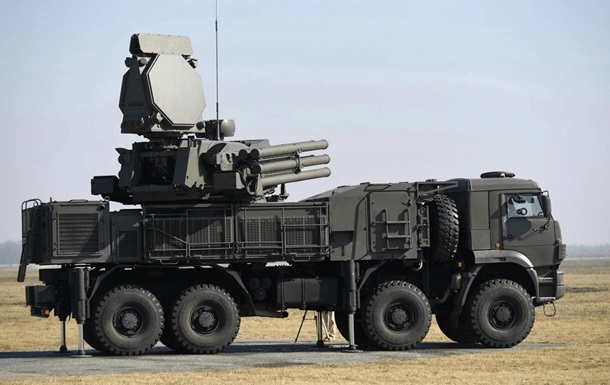Drone Attacks Target Russian Military Assets: Recent Incidents in Belgorod and Nizhny Novgorod
In a series of concerning events, multiple drone explosions have occurred near Golovchino, a village in the Belgorod region of Russia. Reports indicate that one of these blasts damaged a Russian Pantsir-S1 air defense system near Grayvoron, injuring two military personnel. This information has been corroborated by the independent Russian Telegram channel, ASTRA.
These drone strikes represent a significant escalation in aerial activities in the region. Not only have military assets been compromised, but there are also heightened concerns about the safety of local residents, who, fortunately, appear to have escaped physical harm. This situation is reminiscent of other conflicts where civilian areas become collateral damage in military operations, which only exacerbates tension and fear among the populace.
Wider Impact and Patterns of Attack
The troubling incidents in Belgorod are not isolated. Reports have surfaced regarding drone attacks in Nizhny Novgorod as well. Social media accounts suggest that drones targeted a factory producing explosives and critical components for surface-to-air missile systems. This alarming development underscores a broader pattern of increasing aerial threats to essential infrastructure across Russia.
- Increased reliance on drone technology highlights a shift in warfare dynamics, where unmanned systems play a pivotal role.
- Military officials are now facing tough questions about the vulnerability of air defense systems amid the rise of advanced drone warfare tactics.
- This trend reflects similar global patterns where drone warfare has reshaped military strategies and engagements.
The Growing Importance of Regional Security
As the situation evolves, it raises critical questions about regional security and the efficacy of existing defense strategies against these sophisticated aerial threats. A recent analysis noted that drone attacks have doubled in various conflict zones worldwide, emphasizing the urgent need for enhanced defensive measures. For instance, according to data from military analysts, nations that implement advanced drone detection systems see a 30% reduction in successful drone attacks.
Authorities and military experts are closely monitoring these developments, aware that they may have far-reaching implications. The rise in drone activities not only poses direct risks to military infrastructure but also impacts the broader strategic landscape of security in the region.
Conclusion
The incidents of drone strikes in Belgorod and Nizhny Novgorod serve as a wake-up call for military planners and policymakers. As both tensions and technology evolve, it is imperative to adapt strategies that safeguard not just military assets but also civilian safety and security. The lessons learned from these recent occurrences can help inform future approaches to manage the pressing challenges of modern warfare. Ultimately, staying ahead in this rapidly changing landscape is crucial to ensuring both military effectiveness and regional stability.





